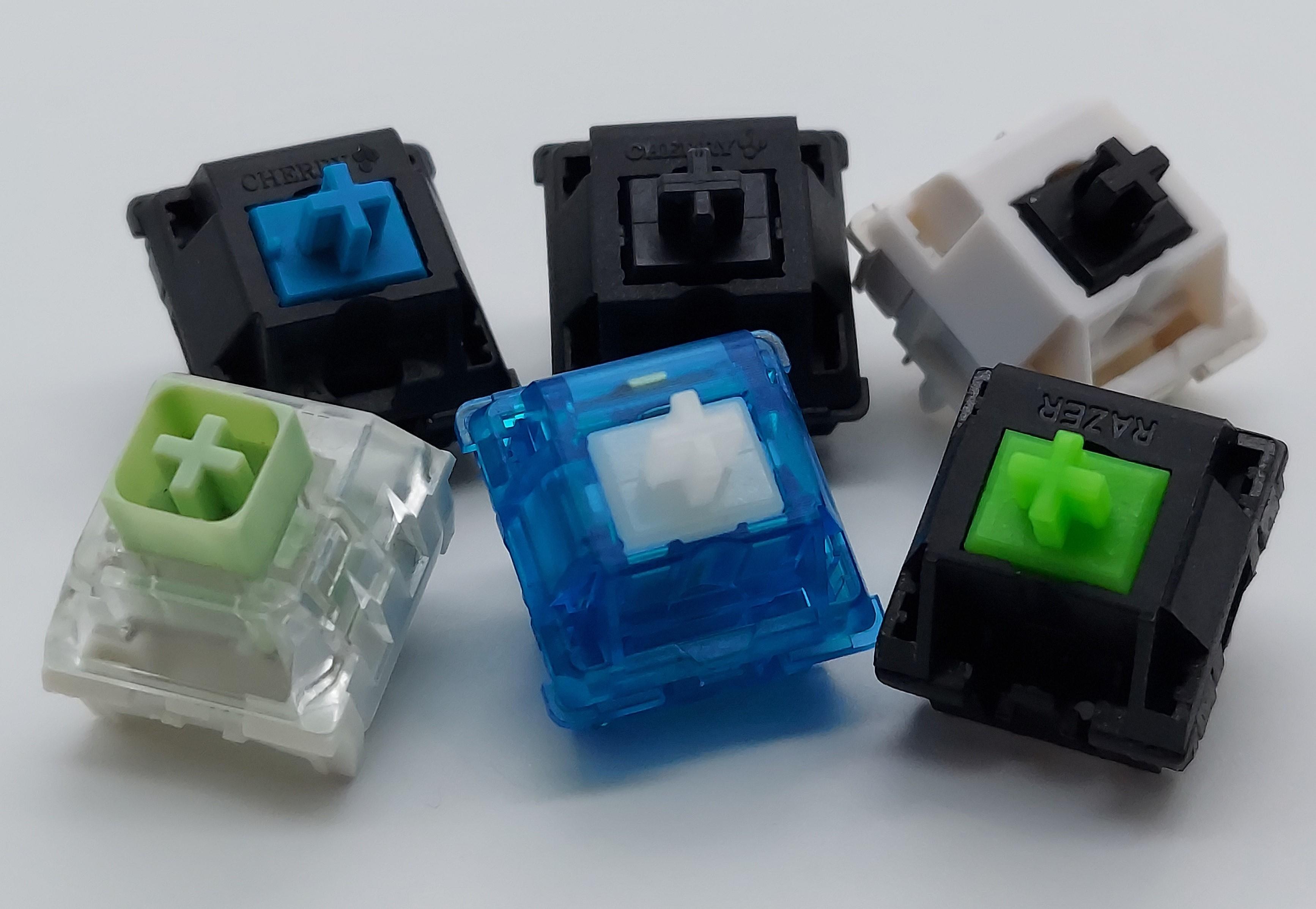Have you ever found yourself lost in the rhythmic dance of your fingers across a keyboard? The satisfying sound of each keystroke can be more than just a functional necessity; it’s an auditory experience.
If you’re a keyboard enthusiast or even just a casual user, you might have heard the terms “thock” and “clack. ” But what exactly do they mean, and why are they important? We’re diving into the fascinating world of mechanical keyboard sounds and how they can transform your typing experience.
Whether you’re after the deep, resonant thock or the sharp, crisp clack, understanding these nuances can enhance your typing pleasure. So, are you ready to discover what your ears have been missing? Let’s explore the symphony beneath your fingertips.
Keyboard Sound Phenomenon
Keyboards make different sounds. Two popular sounds are thock and clack. Thock is a deep sound. Many people find it soothing.
Clack is a sharp sound. It is loud and clear. People have different likes. Some like thock. Others like clack. The sound can change how you feel. A calm sound helps relax. A loud sound can energize. Choosing the right sound is important. Keyboard sounds can be cool. People talk about them online. They share videos of their keyboards. Communities discuss their favorite sounds. The sound can show personality. Some like quiet. Others like noise. Sounds can fit your mood. Calm or energetic. Keyboard sounds are now a trend. They are part of our culture.

Credit: www.reddit.com
Anatomy Of Keyboard Sounds
Key switches decide the sound. Mechanical switches are popular. They can be clicky, tactile, or linear. Clicky switches make a loud sound. Tactile switches give a bump feel. Linear switches are smooth and quiet. Membrane switches are quieter. They use rubber domes.
Materials change keyboard sound. Plastic cases make a hollow sound. Metal cases sound solid. Switch materials matter too. Metal springs give a crisp sound. Plastic parts are softer. Keycaps affect sound. Thick keycaps are deeper. Thin keycaps are sharper.
Keyboard design plays a role. Open designs let sound escape. Closed designs trap sound. Mounting style matters. Plate-mounted switches are louder. PCB-mounted switches are quieter. Build quality impacts sound. Solid construction gives a better feel. Loose parts can rattle.
Popular Keyboard Switches
Mechanical switches are loved for their tactile feedback. They make a click or thock sound. Many gamers and typists prefer them. They last longer than other switches. Each key has its own mechanism. This gives a satisfying feel when typing.
Membrane switches are very quiet. They are cheaper than mechanical switches. Found in many common keyboards. They use a rubber dome to register key presses. This gives a soft, mushy feel. Good for those who type lightly.
Optical switches use light to register a key press. They are fast and accurate. Often found in gaming keyboards. They last a long time. Many people say they feel smooth. Less force is needed to press the keys.
Customizing Keyboard Sounds
Lubing helps keys slide smooth. Modding changes how switches feel. Both make keys sound better. Lubing uses grease on switches. Modding changes switch parts. These tricks make typing feel nice. Keyboard fans love these changes.
Keycaps change keyboard sound. Plastic type matters. Thick plastic makes sound deep. Thin plastic makes sound sharp. Choose keycaps wisely. They affect the typing sound. Many people enjoy different keycap sounds.
Dampeners quiet noisy keys. Rubber rings are common. They fit under keycaps. They reduce sound when keys hit bottom. Some use foam to dampen sound. Foam sits inside keyboard case. Both methods are easy to try. They help make a keyboard quieter.
Sound Profiles And Preferences
People enjoy different keyboard sounds. Some like a quiet typing sound. Others prefer a louder click. Thock and clack are two popular sounds. Thock is deeper and softer. Clack is sharper and louder. Each person has their own taste. Some users choose based on feel. Others choose by sound. Everyone has a favorite sound profile.
Testing switch sounds is easy. Many people use sound tests. These tests help find the perfect sound. Some people listen to online videos. Others try keyboards in stores. Recording sounds is another method. This helps compare different switches. A quiet room is best for testing. It makes it easier to hear differences. Finding the right sound is fun and personal.

Credit: www.theremingoat.com
Future Of Keyboard Acoustics
New technology is changing keyboard sounds. Many keyboards now have silent switches. These switches make less noise. People love them in quiet places. Some people like loud keyboards. They use clicky switches. Clicky switches make a loud sound. Both types of switches are popular. Keyboards now have more choices. Many people like this.
More people work at home now. They need good keyboards. Some people like quiet keyboards. Others like loud ones. The market has options for everyone. Many brands make special keyboards. They have different sounds. The market is growing fast. People care about keyboard sounds. They want the best for their needs.

Credit: www.keebtalk.com
Frequently Asked Questions
What Is Switch Sound In Keyboards?
Switch sound refers to the auditory feedback when pressing keys on mechanical keyboards. It varies based on the switch type used. Switches can produce sounds like “thock” or “clack,” influencing typing experience. Understanding switch sound helps users choose keyboards suited to their preferences and typing style.
How Do Thock And Clack Differ?
“Thock” and “clack” describe distinct keyboard sounds. “Thock” is deeper and more muffled, offering a smoother typing experience. “Clack” is sharper and louder, delivering pronounced feedback. The sound depends on switch design, materials, and construction. Choosing between them is about personal preference and desired typing feel.
Which Switches Produce Thock Sound?
Switches like Topre and certain tactile switches produce “thock” sound. They are designed for quieter, deeper auditory feedback. These switches often feature rubber domes or specialized materials. Users seeking quieter typing and smoother sound may prefer these switches over others that produce “clack.
Why Is Keyboard Sound Important?
Keyboard sound impacts typing comfort and user satisfaction. It provides tactile feedback, enhancing typing speed and accuracy. Different sounds cater to different preferences, influencing work efficiency and enjoyment. Selecting the right keyboard sound improves overall typing experience, making it an essential consideration for users.
Conclusion
Choosing between thock and clack depends on personal preference. Both offer unique sound profiles. Thock is deeper and softer. Clack is sharper and louder. Consider your environment. A quiet place may favor thock. Busy areas might embrace clack. Experiment with different switches.
Feel the difference in typing experience. Listen to each sound carefully. Find what feels right for you. Balance sound and comfort. The right switch enhances your typing joy. Enjoy the journey of discovery. Your perfect switch sound awaits.


